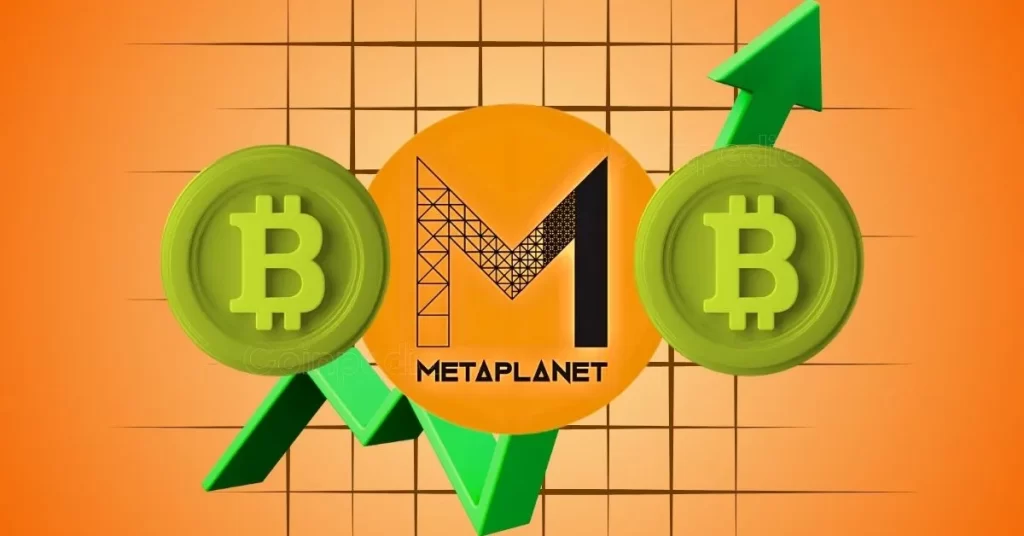
The decentralized exchange Hyperliquid is facing scrutiny following its handling of the JELLY token market, raising concerns from industry leaders. Bitget CEO Gracy Chen compared Hyperliquid to the now-defunct exchange FTX after Hyperliquid’s response to unusual activity involving the JELLY token resulted in an estimated $10.6 million loss. The delisting of the token and forced settlement of open positions drew sharp reactions from the crypto community.
Bitget CEO Warns Hyperliquid May Mirror FTX Collapse
In a recent post on X, Bitget CEO Gracy Chen warned that Hyperliquid could follow a similar trajectory to FTX. Chen raised alarms over the platform’s decision to halt the trading of the JELLY token and forcefully settle open trades. According to her, this action created unfair outcomes, favoring some traders while causing losses to others.
Bitget CEO labeled Hyperliquid’s actions as immature and unethical. The forced closure followed a 230% spike in JELLY price within one hour. A $5 million short position was liquidated during this time, raising concerns about market manipulation. The situation placed Hyperliquid’s treasury at further risk, with potential exposure reportedly nearing $240 million.
Gracy Chen added,
“Unless these issues are addressed, more altcoins may be weaponized against Hyperliquid—putting it at risk of becoming the next catastrophic failure in crypto.”
A recent report highlighted how Hyperliquid Vault is at risk of losing its entire $230 million fund due to a surge in the Solana-based memecoin JELLY JELLY. The platform inherited a short position amid a short squeeze and now faces mounting pressure as the token’s price continues to climb.
Concerns Over Compliance and Risk Structure
Bitget CEO continued to criticize Hyperliquid’s lack of standard compliance practices. She pointed out the absence of Know-Your-Customer (KYC) and Anti-Money Laundering (AML) measures. Chen stated that Hyperliquid, although presenting itself as a decentralized platform, operated similarly to an offshore centralized exchange.
She added that this regulatory gap may allow illicit funds to move through the platform undetected. These concerns were echoed by others in the industry, including former BitMEX CEO Arthur Hayes. Chen also warned that if left unchecked, the model could lead to the same vulnerabilities that contributed to the collapse of FTX.
Mixed Vaults and Position Sizes Raise Risk
The Bitget CEO highlighted structural concerns with the platform’s product design. She noted that the use of mixed vaults exposed users to shared risks. According to Chen, this could allow the actions of a few traders to affect all users on the platform.
The JELLY token’s sharp price rise triggered emergency action from the exchange’s validator set. The platform cited suspicious market activity as the reason for delisting the token. However, the decision to settle trades at a specific price led to a backlash from affected traders.
Bitget CEO described the settlement approach as a dangerous precedent. She stressed that trust, not just capital, is essential for the success of any exchange. Without addressing these vulnerabilities, Chen warned that Hyperliquid could face further threats from manipulated markets.
Meanwhile, FTX bankruptcy case expenses reached nearly $1 billion, with legal and advisory firms receiving substantial payouts. Court records show that Sullivan & Cromwell LLP alone has earned over $248 million for handling the proceedings.
The post Bitget CEO Claims Hyperliquid Could Become FTX Following Jelly Jelly Saga appeared first on CoinGape.





